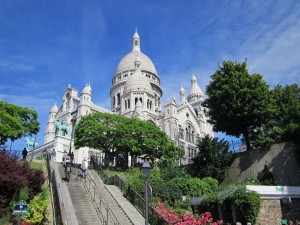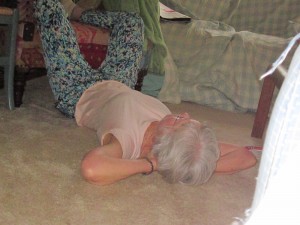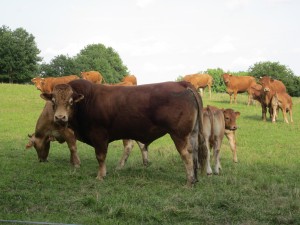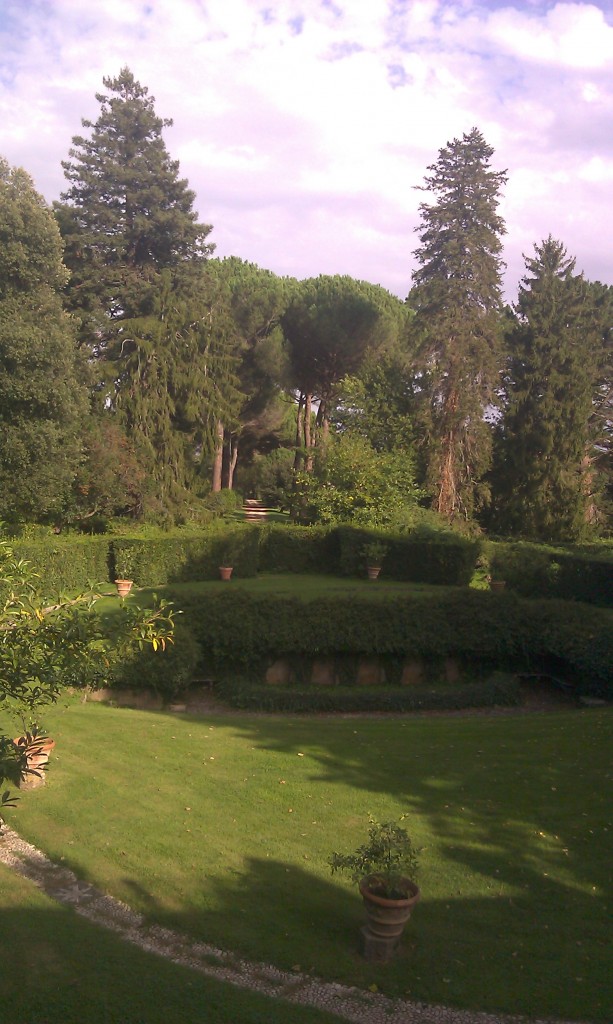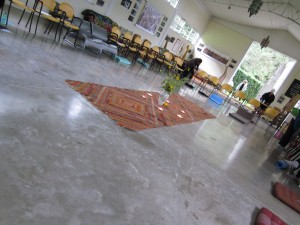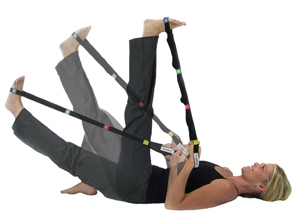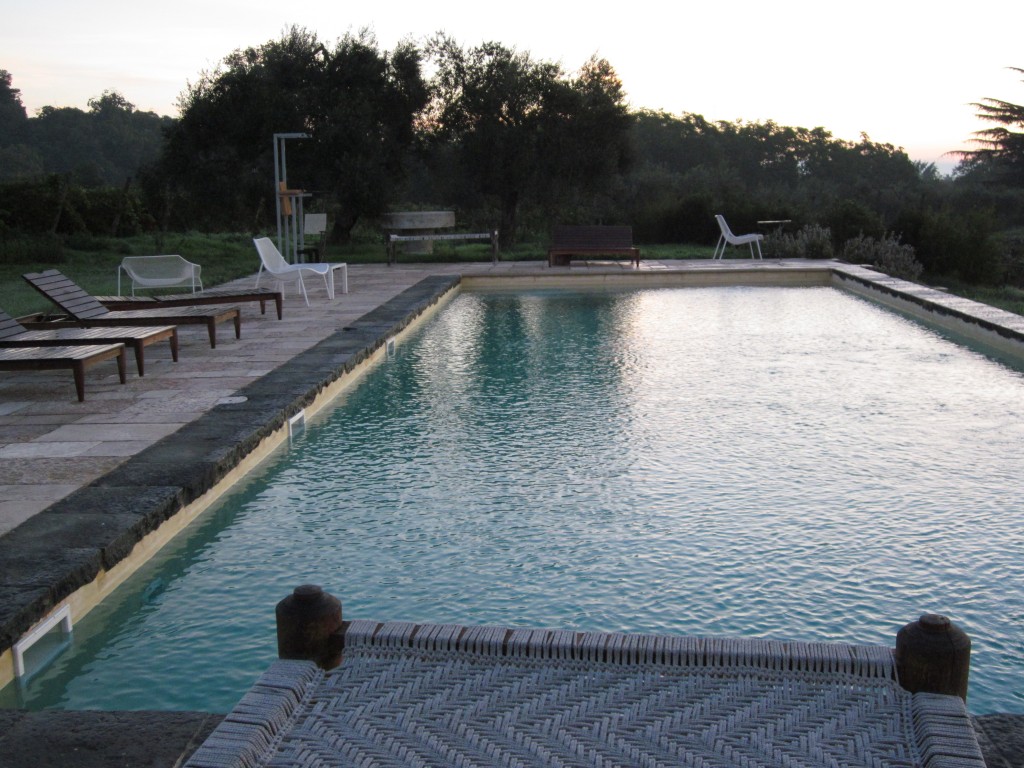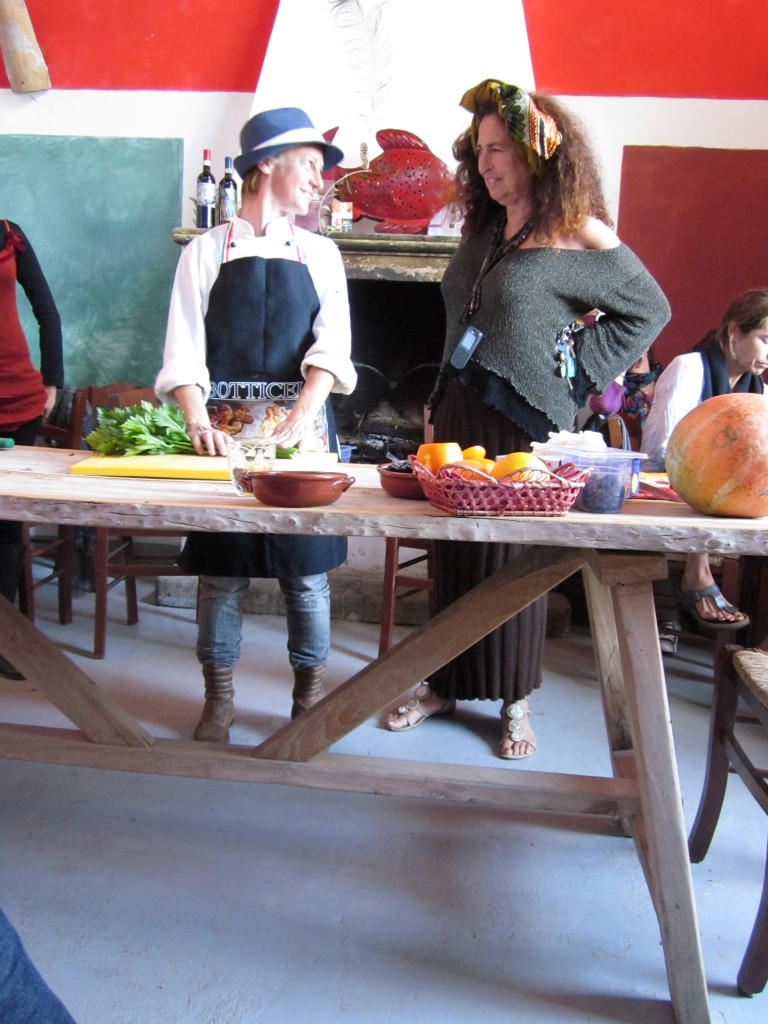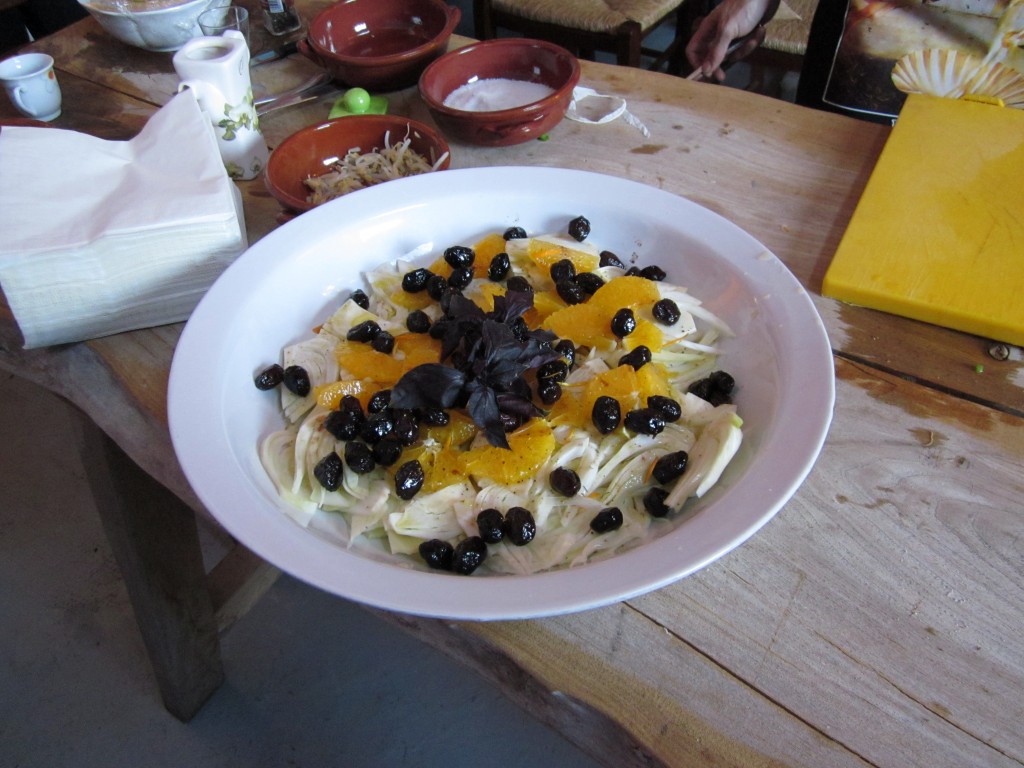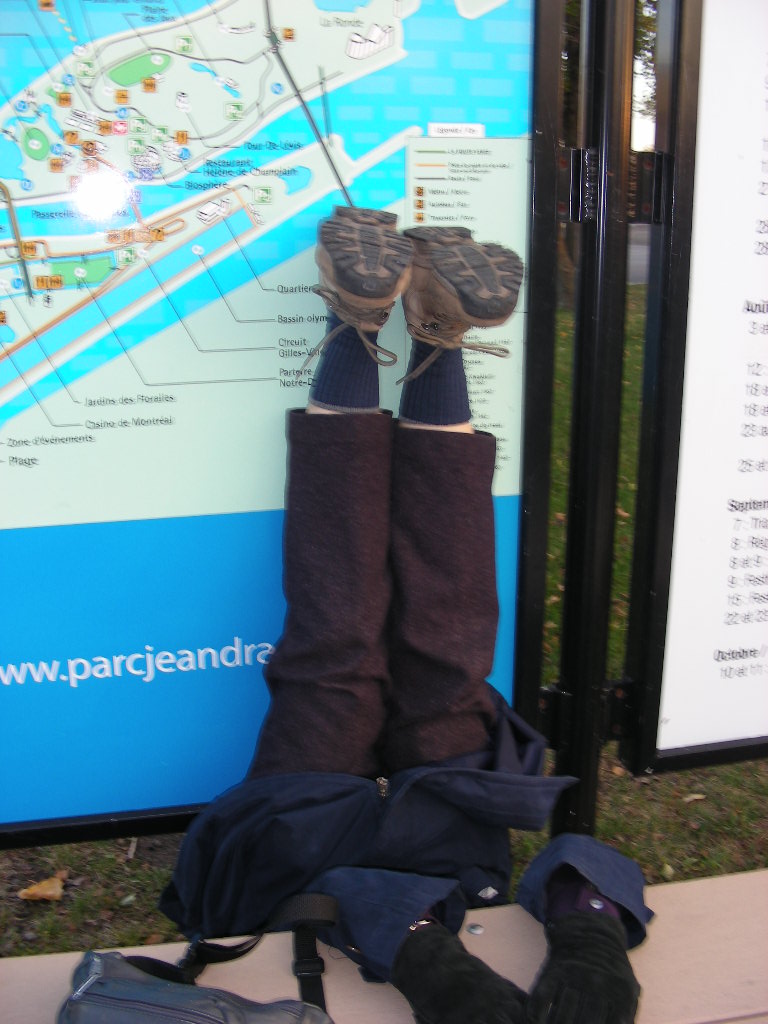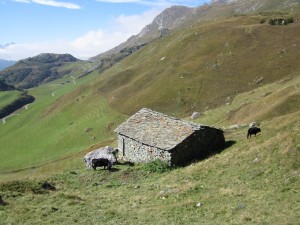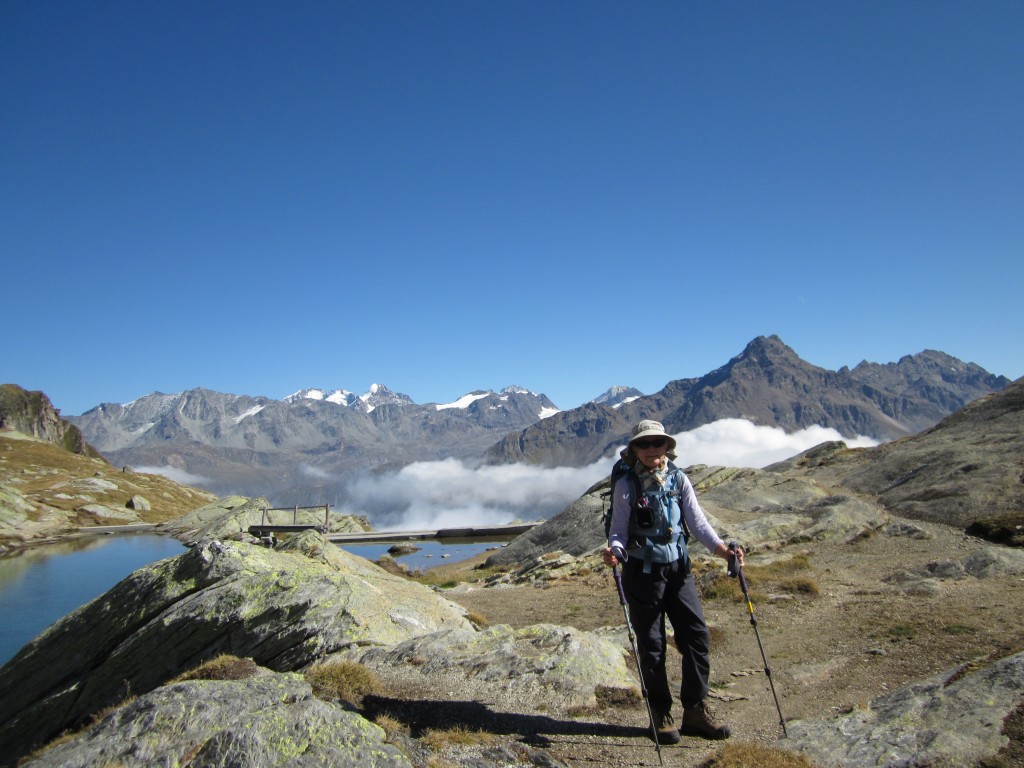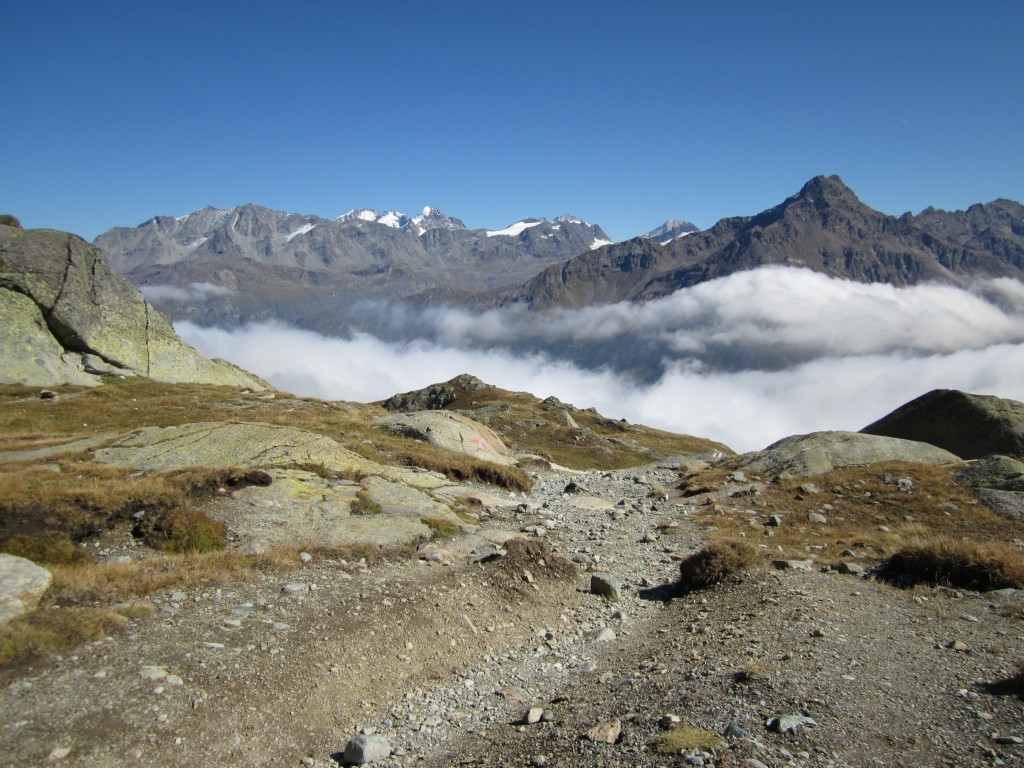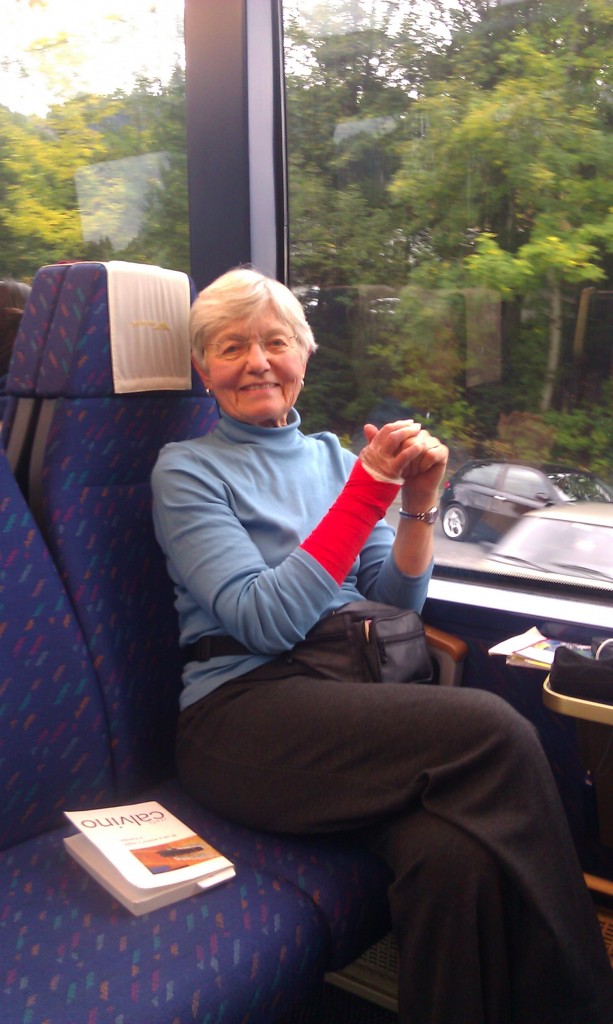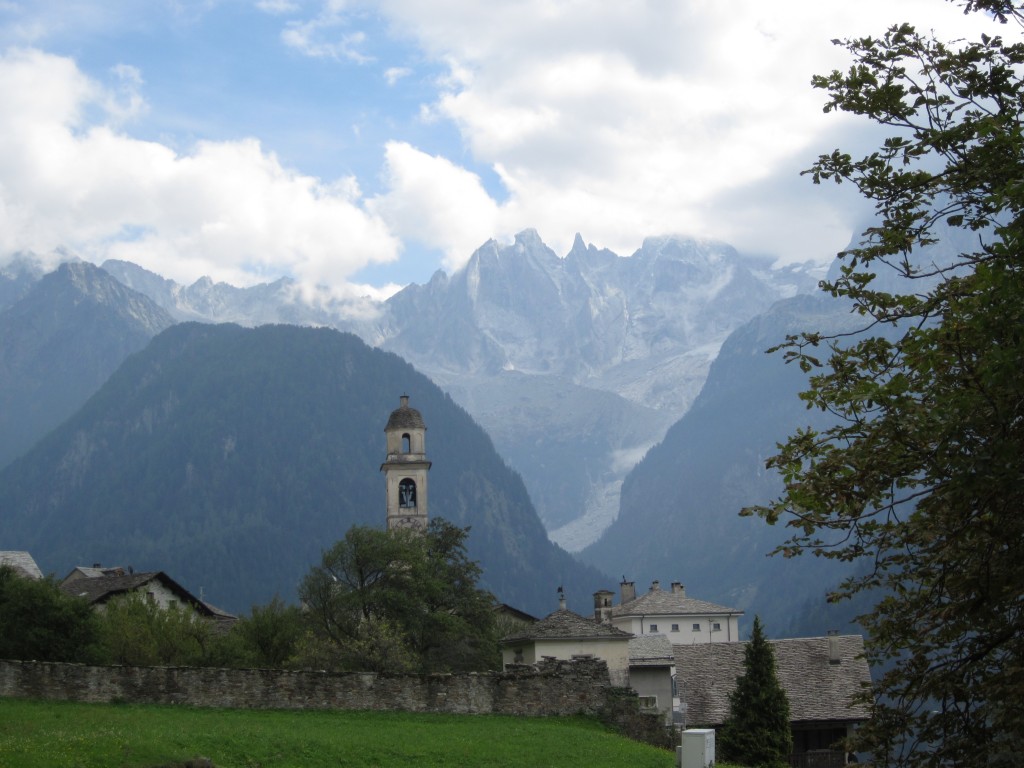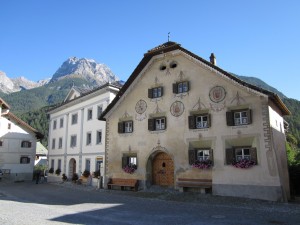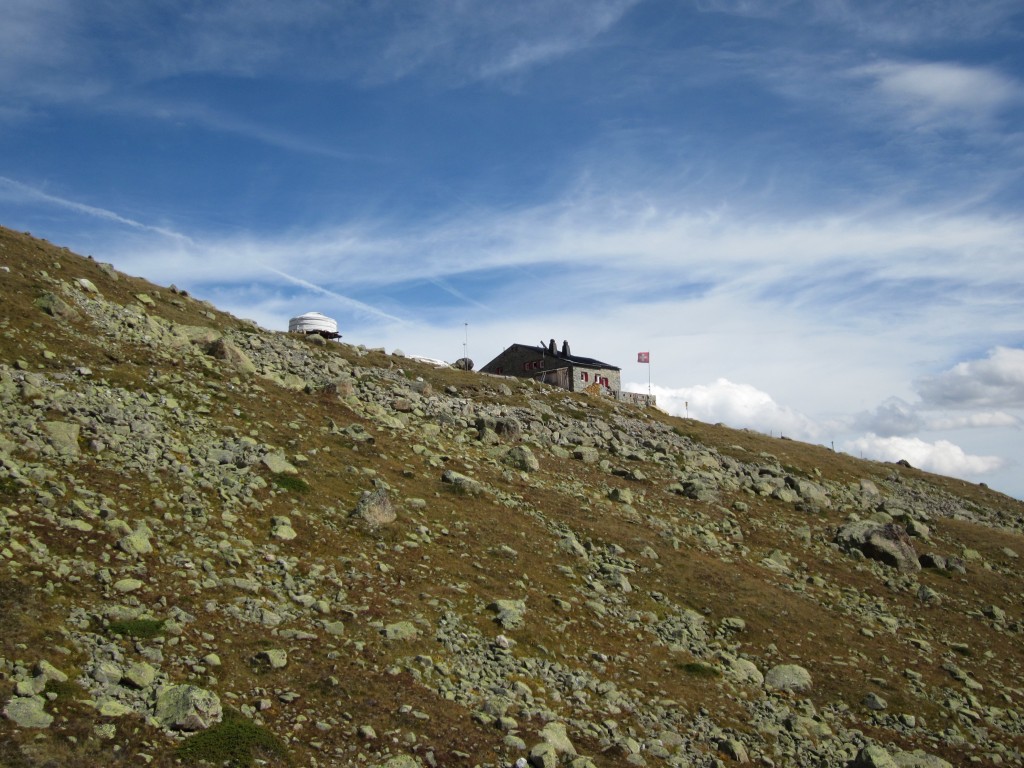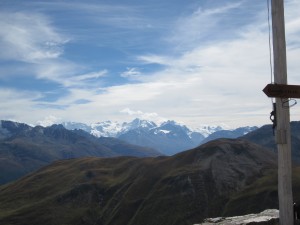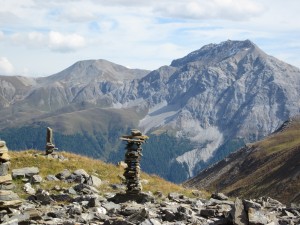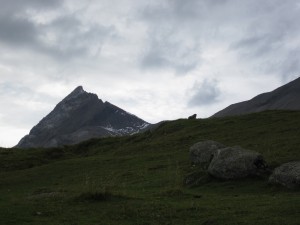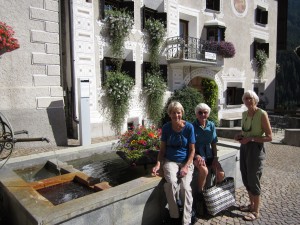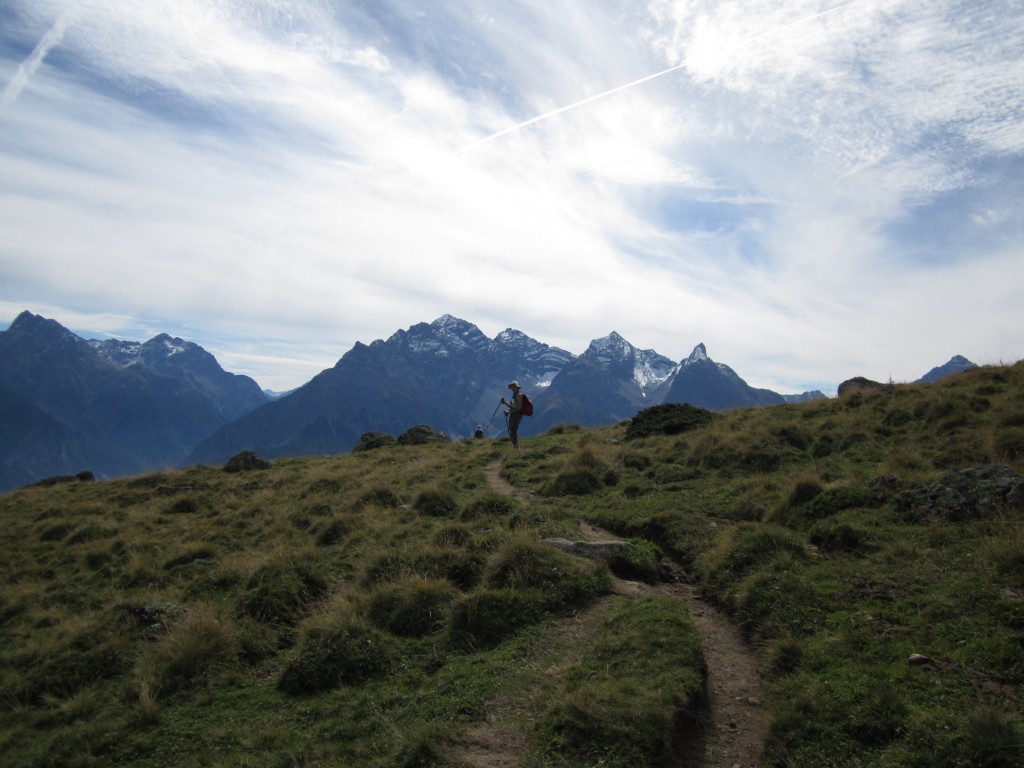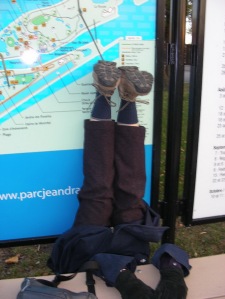Gentle Reader,
I just spent two glorious weeks in Portugal. I will get on an airplane and fly off to other time zones several more times this summer and fall. Staying healthy while I travel is of upmost importance. You probably have the same goal: staying healthy while travelling.
Jet lag is one of the most difficult challenges of travel. You can lose a day or two of alert engagement with your new surroundings; the very sites and tastes you paid all that money to enjoy.
I found great information from Rick Seaney, CEO of FareCompare, on USAToday, March 1, 2015. He consulted the folks at the Mayo Clinic who define jet lag as a “temporary sleep disorder that can affect anyone who quickly travels across multiple time zones.” In other words, you don’t have to go to Europe to get it!
We already know that, right? The real question is how to prevent it, or cure it once you’ve got it. I’ve got some answers which I will add to Rick’s. In addition to the Mayo Clinic, he talked with experts at the Centers for Disease Control and Prevention (CDC), as well as the non-profit National Sleep Foundation, plus some remedies from veteran travelers. His “Wild Card” suggestions are entertaining and I will share them here. I hope some of these 15 ideas work for you.
Before You Fly
A little planning goes a long way.
- Take care of yourself: You know the drill, eat right, sleep right and exercise. Now for the hard part: You’ve actually got to do this! Most of us get a little hectic just before a trip. I like to zip up a week ahead of time and maintain my normal exercise routine. The better you feel overall, the lighter the jet lag.
- Move your bedtime: Several authorities say you should gradually change sleeping patterns before departure.
- If heading east: Try to go to bed one hour earlier each night for a few days. • If heading west: Try going to bed an hour later, again for a few days before you leave. This is super hard for a person with a busy schedule. I did manage to get to bed early the night before I left. Try it the next time you go east. I haven’t been to Asia for a while, so I do not have any recent experience there. I’d love to hear from you if you have tried this and made it work for you.
- Pack a pillow: You can’t bring your mattress but you can bring your pillow. Nothing wrecks a night’s sleep like trying to settle your head on a puffed-up piece of foam when your noggin cries out for your pancake-flat feather pillow (or vice-versa). I don’t do this. I find the transatlantic/transpacific airline pillows sufficient and when flying domestically, I use my sweater or jacket just fine. I see people sleeping with those blow-up pillows. Whatever works.
- Pack your headphones: My noise-canceling headphones have kept me smiling in the face of wild 2 year olds and often help me nod off. Earplugs can help, too. Others recommend sleeping-masks but not all of us can drowse with something draped across our faces. I use earplugs and find they work great.
- Wild card:No night-before bon voyage parties, the kind were everyone raises a toast to your travels and you gulp along with them (we’ll assume those glasses don’t contain ginger ale). In fact, no night before anything except for a good night’s sleep. Here’s how: All packing is done, period. Get it done at least 24 hours before departure, with everything you need (electronic tablets, passports, medication, maps, pre-printed reservations, boarding passes, etc.) ready to go alongside your suitcase. If begin your trip in a stress-free frame of mind, that’s half the battle.
During Your Flight
Do’s and don’ts for a long plane ride.
- Set your watch: Move it ahead (or behind) to destination time, the better to start syncing the rest of you. I always do this immediately upon taking my seat.
- Watch what you eat: Don’t fall into the, “I’m on vacation, I can eat or drink anything” trap, especially on the plane. Super important. I carry this mantra through my entire vacation, packing my protein powder for a shake at breakfast and my vitamins packed in snack zip lock baggies for each meal exactly as I ordinarily take them when at home. I have my baggies and protein powder, a cup and spoon for stirring, plus food for the next meal I’m planning to eat in my carry on. For the overnight flights to Europe, I sit down, eat my dinner—the stuff I brought along, take a sleeping pill, put in my ear plugs, get settled for a long night’s sleep. I usually get a pretty good sleep and wake up ready for the day.
I stick to my diet as best I can while traveling. It is hard to get as many vegetables while traveling, so I take some anti-oxidant supplements along. I stay away from breads, pastries and go for the eggs, fruit, dried prunes and nuts. Enjoy tastes of the local specialties, but there is no reason to add sugars and white flour to your diet while away if you avoid them at home. I take healthy snack bars and meal bars. These saved me on the return from Portugal.
- Plenty of water: Plane rides can be dehydrating and this can worsen jet lag. Drink up.
I take a rehydrating powder with me and add it to my bottled water. You lose one cup of fluid for every hour you are in the air. So you have to disturb your fellow passengers. You get up and they have to get up. Good for them. Do not buy your extra water before you go through security; wait until you are on the other side. I carry my own empty bottle and fill it from the water fountain. If you have a bottle with a wide lid, you can easily add powders to the water–protein or hydrating.
- Try to sleep:Don those headphones or earplugs you packed and try to fall asleep on the plane especially if you’ll arrive in the morning (and this is often when U.S. flights to Europe arrive). See my remarks on #7.
- Try to exercise: No yoga moves, just a simple stroll down the aisle every now and then but only when you won’t disturb meal or beverage service and only when seat belt signs are off. When you return, buckle up no matter what the sign says (turbulence can come out of nowhere). I really do exercise. Kinesthetic moves: clench and unclench your butt, holding the clench for several seconds; alternate up and down top/heel while sitting; reach your hands out in front of you and push/pull your shoulders;

Airplane exercises role your head to stretch your neck; do pelvic clocks as you sit, first one direction and then the other; drop first your left and then your right arm to get a good stretch with your head going in the opposite direction. These exercises can help prevent pulmonary thrombosis which is a danger, especially in older adults.
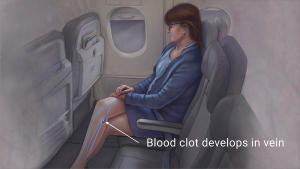
- 11.Wild card:Ever hear of the Argonne Anti-Jet-Lag Diet? It was developed years ago by a scientist at the Department of Energy’s Argonne National Laboratory and is said to be effective but “difficult to stick to.” I don’t doubt this since it involves alternate days of feasting and fasting before departure. Another approach calls for no food at all for 12 to 16 hours before breakfast time at your destination. Note: The Mayo Clinic says no anti-jet lag diets have been absolutely proven to work but give them a whirl if so inclined (though you should talk to your doctor first).
At Your Destination
- Don’t make important decisions first day: I think this CDC tip is meant for those who suffer extreme jet lag but if you’re flying in for a business meeting and know you won’t be super-sharp, consider arriving a day ahead of time. I arrived in Paris in the morning, checked my luggage at the hotel and immediately went walking. I wanted to take in the famous Shakespeare and Company bookstore (I was on a writing retreat in southern France). I got sloppy with my cell phone and it was gone when I wanted to take a picture minutes later. Keep your wits about you for the first couple days. Check and double-check all the important things: since that experience, I keep passport, money, credit card and phone in my money belt at my waist under my pants, especially when in key tourist attractions. On this recent trip to Portugal, our guide spotted pickpockets and gave us a warning. Train stations are particularly bad. If you carry a backpack, bring it around in front of you anytime you are in a crush of people.
- Sync up with local time: If you arrive at your destination at 9 a.m., don’t go to bed. Get into the rhythms of the city and stick with it. If you must nap, lie down for no more than 20 minutes or so, otherwise you may have trouble sleeping at night. A friend of mine who travels to the UK all the time tells me, “No! No afternoon naps. Walk around the city, stop for coffee, go for a hike and stay up at least until 9 p.m. local time.” Absolutely. When traveling with a twelve year old grandchild a few years ago, she suggested stopping at a swim facility (I gave her the book, Ireland with Kids and she found the place). This took care of her jet lag completely. We had an on time week of sleeping and waking pleasure after that.
- Get some sun: According to the Sleep Foundation, daylight is “a powerful stimulant for regulating the biological clock.” Staying indoors, they add, will only worsen jet lag. My rule: walk outdoors no matter what. I remember arriving in Mumbai mid morning after hours in planes. I walked my feet off, wandering into a cafeteria-style restaurant where the locals ate during their lunch break from a factory. I sat between a gaggle of women. When I couldn’t stand up another minute, I found a church and asked if I could sit down for a few minutes. It finally got dark so I could go to bed. The following days, I was alert and enjoyed each full day in crazy India.
15. Wild card tip: According to an Australia-based travel blogger, you can get rid of jet lag quickly by putting your bare feet on the ground (or the grass or the sand). Apparently, you just wiggle your toes around for a while. I can’t vouch for this, but probably couldn’t hurt and probably feels great. All fine and good as an idea, but I seldom end my plane travel in a place where I would want to put my bare feet directly on the ground. It is helpful to visualize grounding yourself in the earth. Those Aussies are more direct!
One thing more. Whether you are a vitamin taker or not, this might be a good time to take an immune booster. I carry Vitalized Immunity by Shaklee. Emergen-C Vitamin C Fizzy Drink Mix is popular. I used the pop-in-water-and-drink supplement several times while in Portugal.
Happiness is staying healthy while traveling.
Be well, Do well and Keep moving.
Betsy
For detailed blog and pictures of my Portugal trip, check in at www.Empoweredgrandma.com.


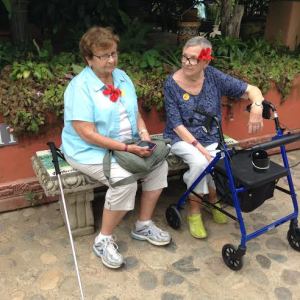
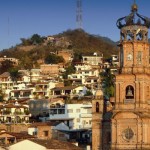
![CAM02072[1]](http://www.grandmabetsybell.com/wp-content/uploads/2014/12/CAM020721-222x300.jpg)
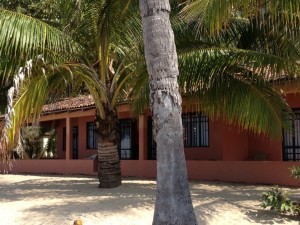
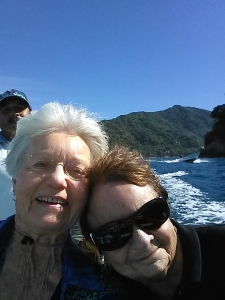
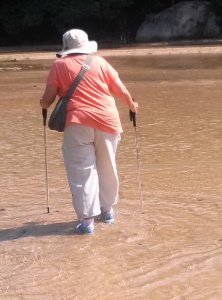
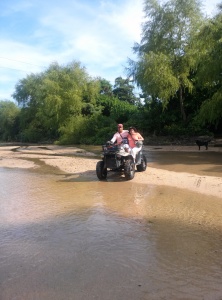
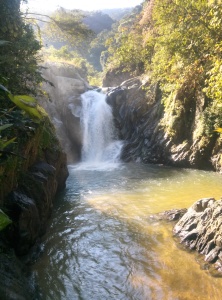
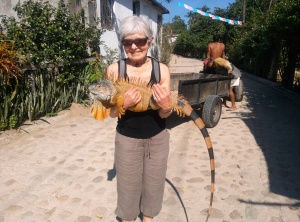
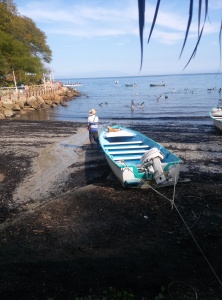

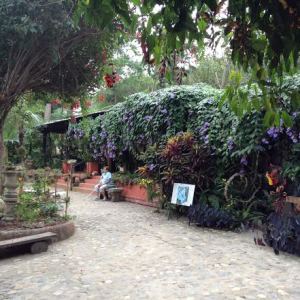
![CAM02086[1]](http://www.grandmabetsybell.com/wp-content/uploads/2014/12/CAM020861-222x300.jpg)
